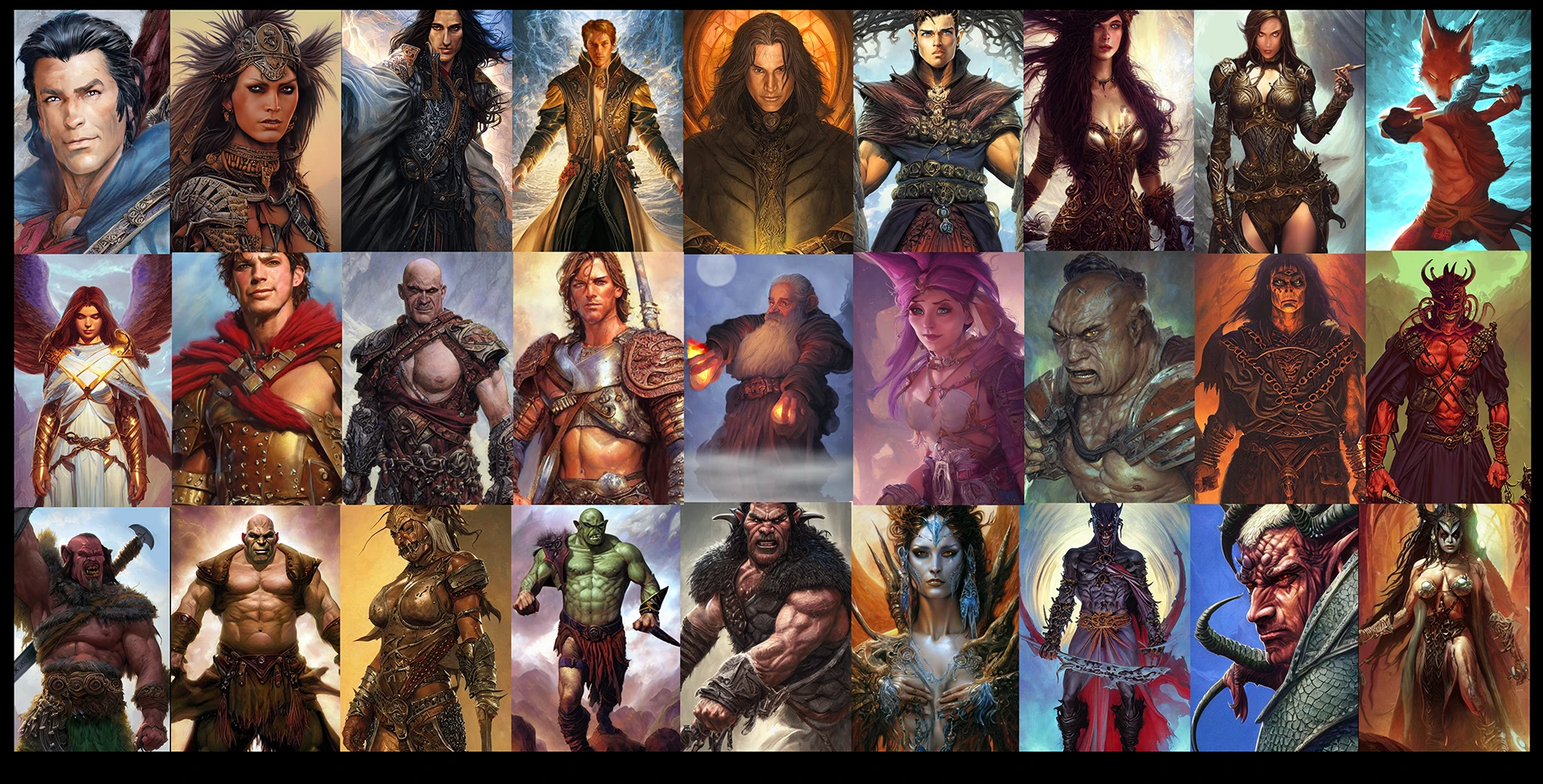Christian Collovà
Copyright Lawyer, Entertainment Attorney
5y
A work based on a public domain work can be copyrighted, provided that your own work (which is called a “derivative work”) passes the so-called “threshold of originality”. That means that your (new) work should be characterized by creativity and originality, that are the imprint of your authorship. Then this new work will deserve copyright protection.
I apologise to academics and fellow lawyers for the simplification that will follow, but this is a handy example I always use when I teach to my IP law students a first approach to derivative works, and the concept goes through well.
Think in layers. The lower layer is the work in the public domain. Think of any public domain work or character you may use for your derivative work. Now you add an additional layer that originates from your creativity (plot, script, other characters, situations, locations, etc.). This layer has to be creative, otherwise it will not be protected by copyright. If creative, then this new layer is protected by copyright. Anyone can use the public domain layer without the need to ask permission by the right holder (that’s the concept of public domain) however no one can use your layer, the one you created.
The same structure applies even if your derivative work is based on a previous work that is still protected. The lower layer is the original author’s layer, then you add on top an additional layer of yours. In this case, not being there any public domain situation to help, whoever wants to use your work shall ask permission to both you (the top layer) and the original author (the lower layer). If you want to use your work (the top layer) by yourself, you shall anyway ask the original author’s permission (the lower layer).
This is why a work based on an original work that is in the public domain can be anyway protected by copyright.




























